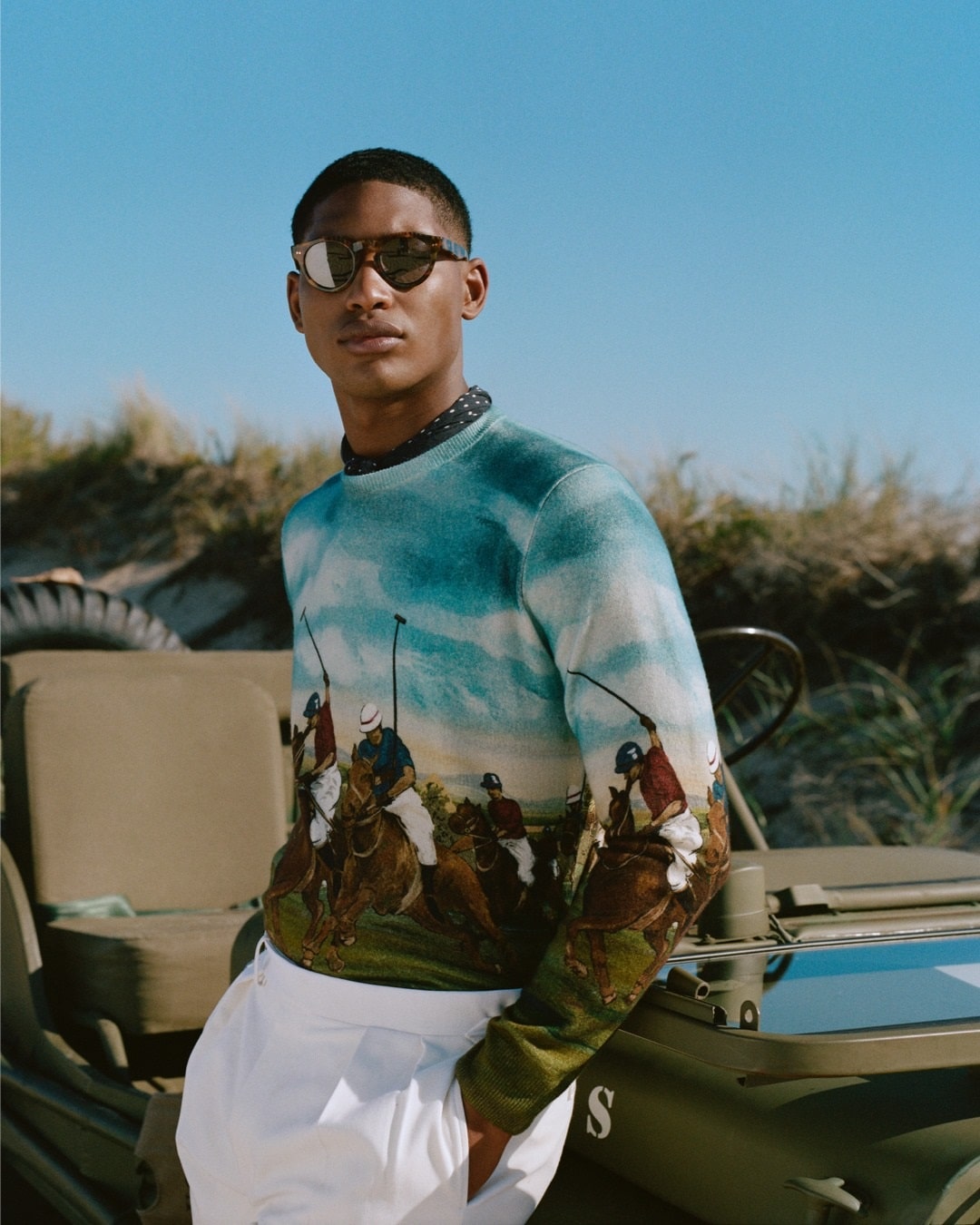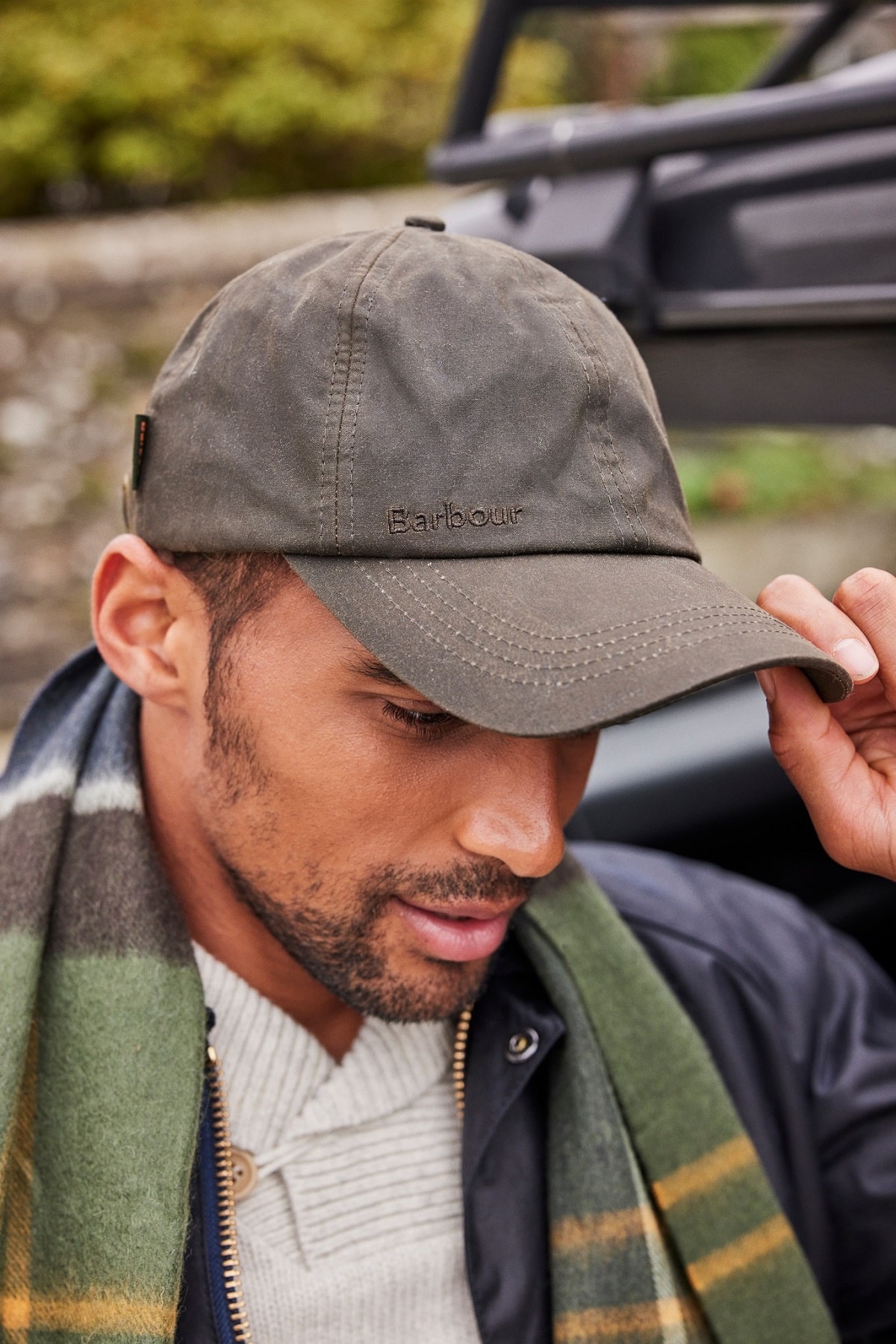1
HOME > Trends >
IS IT OK TO BE A SNOB ABOUT CLOTHES?
IT’S A CASUAL AGE, BUT DOES CLASS STILL INFLUENCE YOUR TASTE?
Written by Samuel Walters in Trends on the 6th September 2022

When you’re shopping for clothes, do you ever think about class? As you peruse the rails or the online pics, are you asking yourself if something would suit your body shape and complexion? Or are you more concerned with whether or not something would make you look – for better or worse – like a contestant on “Love Island”?
Class seems to be both everywhere and nowhere in Britain today. On the one hand we have a fairly classless outlook – we think “we’re all middle class now”, as John Prescott famously declared back in 1997. But on the other hand, we lap up TV programmes that show Britain as a country that’s as class-based as ever. Two big hitters have just returned for another run. “Made in Chelsea” is now in its twenty-forth series and “The Only Way is Essex” is now in its thirtieth. Yet in spite of their success, it almost feels taboo to explicitly state that one is focussed on the lives of the upper/upper-middle class and the other is about the lives of the working class/new money. But that’s exactly how it is. Spencer Matthews, one of the most well-known faces to have found fame through MIC, was at school with Princes William and Harry before he became a celebrity. While Joey Essex, one of the best remembered characters from TOWIE, worked at Billingsgate Fish Market before he rose to stardom. In truth, we are as divided as ever; it’s just that we maintain an illusion of all being more or less the same by not talking about it in explicit terms anymore.

When it comes to men’s clothes, you find a similar story. Most of us, these days, shop on the high street (or the online version). Of course, there are those who steer clear of it altogether and source their wardrobe from more rarefied places or from second-hand suppliers; but, in the main we’re all buying our clothes from roughly the same selection of shops – places like H&M, Foot Locker, TK Maxx, Primark, Uniqlo, JD Sports, M&S, Next and so on. However, from this same clutch of outfitters, we produce, as a nation, a remarkably varied range of outfits; a range from which you can still easily pick out the class contours. True, it’s all more subtle than it used to be – it’s not a case of toffs in bowler hats and working men in flat caps, as in the famous class sketch with John Cleese and The Two Ronnies. (Now so well-known it has its own Wikipedia page!) But if you look at the fit of a shirt, the tightness of a pair of shorts or the severity of a fade, you soon work it out. What really makes this interesting, though, is that in 2022, it isn’t a question of means. With the same budget, you could buy an outfit from somewhere like Massimo Dutti, with a shirt, a pair of jeans and a smart pair of leather loafers, or you could get a tracksuit and a pair of trainers from somewhere like Footasylum. Indeed, the tracksuit and trainers could easily cost you a lot more. It’s not about money; it’s about tribal instincts.

We’re currently seeing a huge emphasis being placed on uniqueness, individuality and non-definition. But while it’s fascinating to see various people transcending traditional concepts of identity – to do with class, gender and sexuality – it paints a slightly misleading picture. The fact is that most of us are still behaving in exactly the way that humans have always behaved. That is to say, we are naturally forming ourselves into groups; we are emulating one another, mimicking speech habits, manners and, perhaps most of all, modes of dress. We feel ourselves to be part of a certain tribe and we behave accordingly. We may also aspire to join a tribe we see as superior; and we will almost always try to avoid being connected with a tribe we perceive as inferior. Some brands exploit this aspect of human behaviour to the hilt. Barbour’s success is based almost entirely on its wax jackets. Yes, they’re iconic, but they weren’t always so popular. At root, the wax jacket is little more than a traditional country waterproof. The fishin’, huntin’, shootin’ types have been wearing them for decades. It’s really rather an everyday, practical sort of garment. Why, then, are they so incredibly in-demand now? And why do they command such a high price? Because all over the country, and overseas too, there’s now a desire to feel part of the tribe that traditionally wore them. It’s the same with Ralph Lauren. Why are so many people across the globe prepared to pay so much for the fairly ordinary button-down shirts, chinos and polo shirts for which Ralph Lauren is celebrated? Because by doing so, they can feel like the established horse-owning, yacht-sailing tribe of Americans that traditionally wear this clobber. Companies like JD Sports know equally well which side their bread’s buttered on. The celebrity representatives of this major brand include figures such as the boxer Anthony Joshua, rappers Aitch and Bugzy Malone, and the YouTuber Chunkz – all hugely successful, self-made young men from a working-class, urban background.

We may feel that we’re living in a relatively class-free society now, but it’s not so. Humans have always been tribal and they probably always will be. Like it or not, it’s just how we are. We shouldn’t worry about this, but we should acknowledge it and try to be comfortable with it. When we get dressed to step out into the world, we always put on a class act.
Used to think I was a clothing snob. But I bought a pair of khakis from Amazon essentials. And they’re pretty great actually. Now I don’t know who I am or what to think.
— Kevin Frisz (@kevinf280) April 20, 2022
Trending
2
3
4
5
6
7
8
9
10









